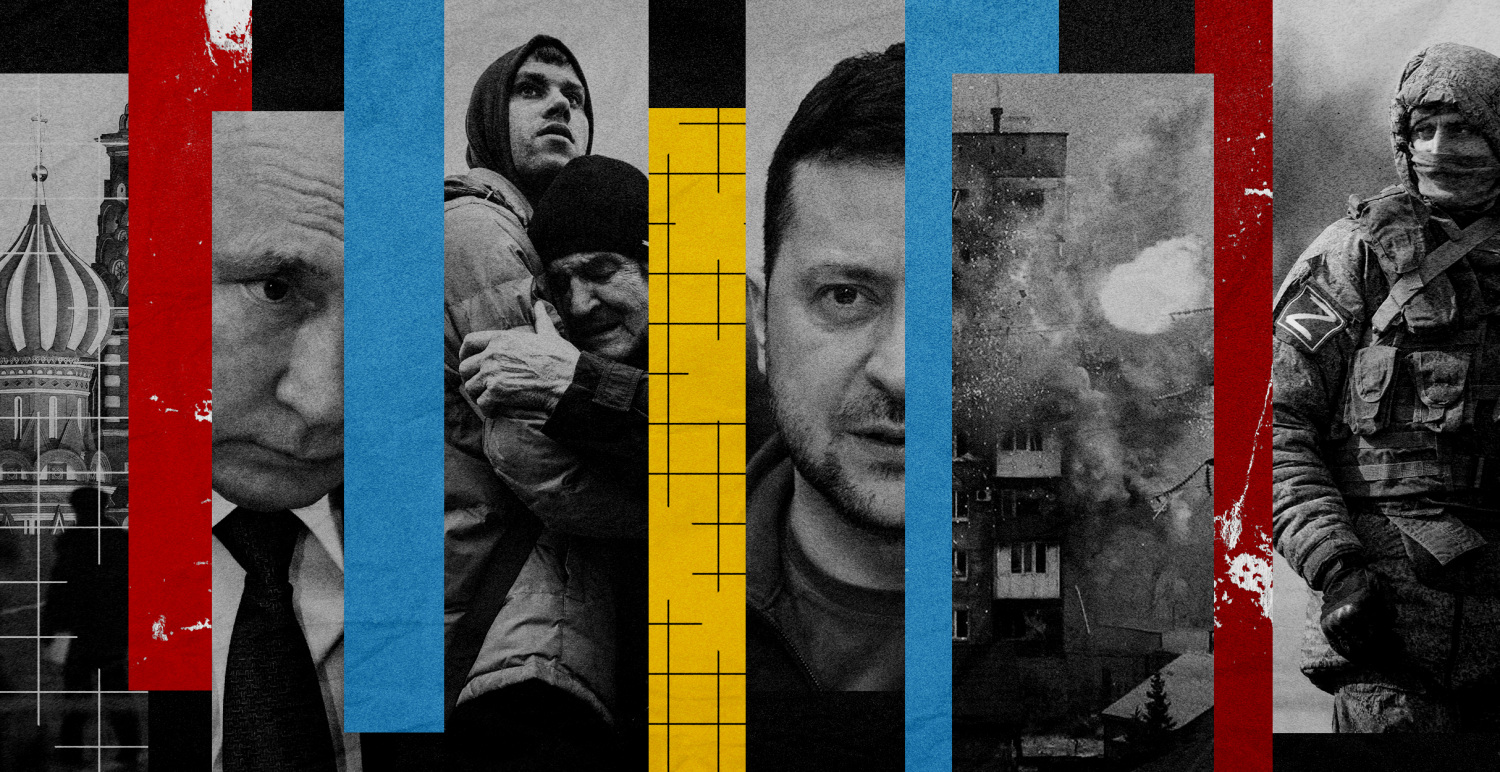‘Gun Violence Is America’s Never-ending Plague’
According to the latest statistics from the Gun Violence Archive website, as of Feb. 19, 5,766 people have died in the U.S. this year as a result of gun violence (including suicides). Of these, there were 76 mass shootings that resulted in at least four deaths or injuries in addition to the person with the weapon. In the entire month of January, the United States had only eight days without a mass shooting. Rising gun violence and the difficulties of gun control highlight the failings of the U.S. government’s ability to govern.
Americans’ Sense of Security Shattered by Gunfire
The United States has less than 5% of the world’s population but 46% of all guns owned by civilians. According to statistics, the U.S. has an average of 120.5 guns per 100 people, making it the country with the highest rate of civilian gun ownership in the world.
Large numbers of guns owned by private individuals have led to one violent incident after another, worsening the state of security in U.S. society. The ubiquitous availability of guns is drawing more and more children into a cycle of violence day after day. Data show that there were 302 shootings in U.S. elementary and secondary schools in 2022, with a 46% increase in deliberate shootings and a 21% increase in accidental shootings over the previous year. Both are new records.
An investigation by Washington Post reporter John Woodrow Cox found that 80% of school shootings in the United States happen because a child has easy access to a gun at home. Cox wrote that the consequences of government inaction are horrific for students. Research showed that more than half of the country’s school shootings since 1999 would not have happened if children as young as six did not have access to guns.
According to a study by the American Psychological Association, a third of Americans fear being a victim of a mass shooting no matter where they go while nearly a quarter say they have made lifestyle changes to avoid such shootings. A recently released Gallup poll showed that 63% of people in the U.S. are dissatisfied with the country’s gun control policies. This is up 7% from a year ago and is the highest since Gallup began such polling in 2001.
“We Don’t Quite Understand Why They're against Gun Control.”
The root cause for the proliferation of guns in the U.S. is the individual’s right to bear arms, which was written into the Second Amendment to the U.S. Constitution a long time ago. Tackling the fundamental problem of gun proliferation would mean initiating a process of constitutional amendment.
However, for many years the debate on gun control legislation has been mired in a bitter confrontation between pro-gun advocates and gun-control supporters. U.S. Supreme Court rulings, based on the Second Amendment to the Constitution, are sometimes not conducive to gun control. According to one study, nearly 91% of Democrats favor stricter gun control laws but only 24% of Republicans and 45% of Independent voters agree.
Michael Anderson, who was a survivor of a nightclub shooting in Colorado Springs last November, said in an interview recently that the disregard for people’s lives by U.S. politicians goes against the original intent of enshrining the right to bear arms in the Constitution: “I think when the United States was founded, those founding fathers never wanted us to be able to walk the streets of America with assault weapons ... Frankly, we don't quite understand why they [politicians] refuse to introduce gun reform and why they continue to allow people to keep dying from gun violence and do nothing about it.”*
Mark Foreman, a journalist who has followed mass shootings in the U.S. for a long time, points out that in politically polarized and socially divided America, gun control has long been an intractable, hopeless problem. There is a massive disconnect between profit-driven U.S. politicians and the will of most of the American people: “What we’ve learned from opinion polls over the past 30 years is that the majority of Americans, including some conservatives and gun owners, want more effective gun control. But for years the impasse over gun control within our partisan politics has been unbreakable and a major reason is because of the gun lobby running around.”*
Party and electoral politics in the United States give legitimate channels to pro-gun groups to run large, well-funded campaigns to influence the positions of politicians on the issue of guns. As a result, the public’s confidence that gun control can be achieved in any meaningful way is being eroded by a constant struggle between the three branches of power: executive, legislative and judicial. Some in the U.S. media have gloomily asserted that as long as the government continues to do nothing, as long as the federal Supreme Court continues to support gun ownership and as long as Congress continues to be mired in factional paralysis, “gun violence is America’s never-ending plague.”
*Editor’s Note: These quotes, though accurately translated, could not be independently verified.

